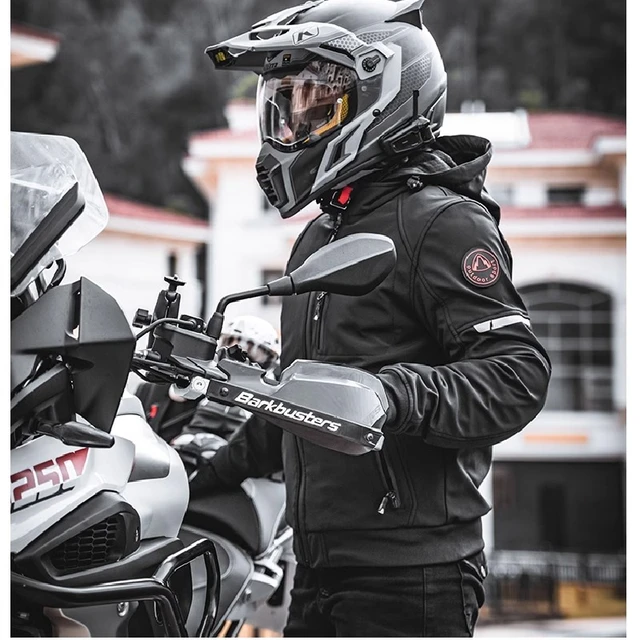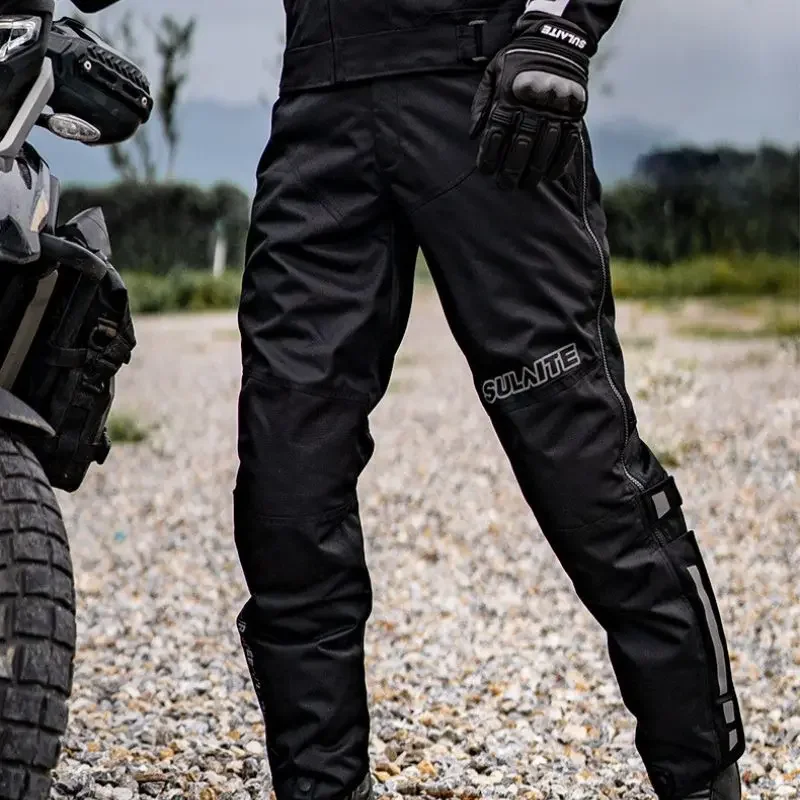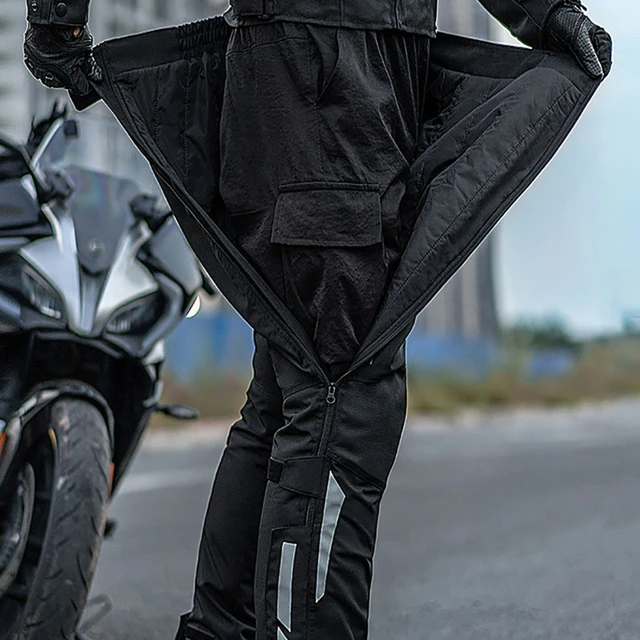Motorcycle riding during winter can be an exhilarating, yet challenging experience. While many riders prefer to store their bikes for the winter and wait for warmer weather, those who choose to ride during this season can enjoy a unique experience that few others encounter. However, winter riding requires special preparation, skills, and knowledge to ensure both safety and enjoyment. In this article, we’ll explore the essential aspects of winter motorcycle riding, including preparation, riding techniques, gear, and more.
Understanding Winter Riding Conditions
The Challenges of Winter Riding
Winter presents a range of challenges for motorcycle riders. These include:
- Inclement Weather: Rain, snow, sleet, and ice can create hazardous road conditions.
- Cold Temperatures: Low temperatures can lead to health risks such as hypothermia and frostbite.
- Reduced Visibility: Overcast skies and snow can limit visibility, making it difficult to see other vehicles and hazards.
- Road Conditions: Potholes, gravel, and ice patches can make riding tricky and increase the risk of accidents.
Benefits of Riding in Winter
Despite the challenges, winter riding can offer unique benefits:
- Fewer Crowds: Roads are often less crowded in winter, allowing riders to enjoy a more peaceful experience.
- Unique Scenery: Winter landscapes can be stunning, turning familiar routes into picturesque rides.
- Skill Development: Riding in difficult conditions can enhance riding skills and make a rider more versatile.
Preparing for Winter Riding
Choosing the Right Motorcycle
Not all motorcycles are suited for winter riding. When selecting a bike, consider:
- Type of Motorcycle: Dual-sport or adventure bikes often perform better in varied conditions. Their robust build and better suspension make them suitable for winter rides.
- Tires: Ensure that your bike has appropriate tires. Winter tires can significantly enhance traction on snow and ice.
Essential Maintenance Before Riding
Before hitting the road, it’s crucial to conduct a thorough maintenance check:
- Battery: Cold weather can deplete battery life. Ensure your battery is fully charged and in good condition.
- Fluids: Check fluid levels, including oil, brake fluid, and coolant. Use low-temperature-rated fluids if necessary.
- Tires: Inspect your tires for tread depth and condition. Ensure they are inflated to the correct pressure.
Planning Your Route
When planning a winter ride, consider the following:
- Stay Local: Choose familiar routes that you know well. These can help you identify potential hazards more easily.
- Avoid Isolated Areas: Opt for roads that have more traffic and regular maintenance to avoid being stranded.
- Check Weather Conditions: Always check the weather forecast before your ride. Avoid riding in severe weather conditions whenever possible.
Gear for Winter Riding
Protective Clothing
Wearing the right gear is essential for comfort and safety. Consider investing in the following items:
- Layering: Use thermal layers to retain heat while allowing moisture to escape. Base layers made of moisture-wicking materials are ideal.
- Insulated Jacket and Pants: Choose gear designed specifically for winter riding, with insulation and waterproof materials.
- Gloves: Insulated, waterproof gloves will help keep your hands warm and maintain grip on the handlebars.
- Footwear: Insulated, waterproof boots with good grip are essential for navigating slippery surfaces.
- Helmet: A full-face helmet can provide extra warmth and protection from the elements. Consider a fog-resistant visor or breath box to minimize fogging.
Additional Gear
Aside from clothing, other equipment can enhance your winter riding experience:
- Handguards: These can protect your hands from wind and cold.
- Windshield: A larger windshield can help deflect cold air and improve overall comfort.
- Thermal Layers: Items like heated vests or gloves can provide additional warmth during long rides.
Riding Techniques
Adjusting Your Riding Style
Winter riding necessitates changes in your riding style:
- Smooth Maneuvers: Sudden movements can destabilize your bike. Apply gradual throttle and brake input to maintain stability.
- Increased Stopping Distance: Allow for longer stopping distances due to reduced traction. Always increase your following distance.
- Counter-Steering: Be prepared to counter-steer around curves to maintain control, especially on slippery surfaces.
Handling Slippery Surfaces
Encountering snow or ice requires specific techniques:
- Stay Relaxed: Tension can lead to jerky movements. Stay relaxed and focused on smooth actions.
- Look Ahead: Anticipate potential obstacles and hazards well in advance to react efficiently.
- Avoid Hard Braking: Use light, smooth braking to prevent skidding. If your bike does start to slide, steer into the direction of the slide.
Riding in the Snow
If you decide to tackle snowy conditions:
- Avoid Deep Snow: Riding in deep snow can lead to loss of traction and control. Stick to packed areas.
- Use Caution on Hills: Ascending and descending hills can be tricky in snow. Approach with caution and maintain steady speed.
Safety Considerations
Understanding Hypothermia and Frostbite
Winter riding can lead to serious health risks if the proper precautions aren’t taken:
- Hypothermia: Symptoms include shivering, confusion, and fatigue. If you notice these signs, seek warmth immediately.
- Frostbite: Often affects fingers, toes, and earlobes. Symptoms include numbness and a white or grayish appearance of the skin. If you notice these signs, rewarm the area gradually and seek medical attention if necessary.
Notifying Others of Your Ride
Before heading out, inform a friend or family member of your riding plans:
- Route Plans: Share your intended route and any expected return time.
- Emergency Contact: Keep a charged phone handy to contact someone in case of an emergency.
Carrying Safety Gear
Always carry emergency safety gear, including:
- First Aid Kit: Include basic supplies to treat minor injuries.
- Basic Tools: A small toolkit can help you manage minor mechanical issues.
- Reflective Vest: In case of an emergency, a reflective vest can enhance visibility to other motorists.
 Post-Ride Care
Post-Ride Care
Cleaning Your Motorcycle
After a ride in the winter, it’s crucial to clean your bike properly:
- Remove Salt and Grime: Cold weather often brings road salt and grime, which can lead to corrosion. Wash your bike thoroughly after each ride.
- Dry Thoroughly: Ensure all parts, especially critical components like brakes and chains, are dried to prevent rust.
Care for Gear
Following a ride, proper care for your gear can extend its lifespan:
- Air Out Gear: Allow your riding gear to dry completely before storing it.
- Inspect for Damage: Regularly check for any wear and tear that could affect performance.
- Store Properly: Keep your gear in a cool, dry place away from direct sunlight to prevent degradation.
Common Causes of Motorcycle Accidents in Winter
Understanding the common causes of motorcycle accidents in winter can provide insights into how they can be avoided.
Inattention and Distraction
- Rider’s Focus
In winter, riders may become overly focused on avoiding obstacles and fail to notice other vehicles or hazards. - Driver’s Awareness
Car drivers might not be as vigilant about looking out for motorcycles during winter months, further endangering riders.
Reduced Speed and Stopping Distance
- Slippery Surfaces
Riding on icy or snowy roads requires longer stopping distances. Many riders may not adjust their speed accordingly. - Overreaction
In an effort to maintain control, some riders may overreact to slight changes in their bike’s movement, leading to loss of control and crashes.
Improper Gear
- Inadequate Clothing
Many riders underestimate the importance of wearing protective clothing designed for cold weather. Frostbite and poor blood circulation can affect both comfort and performance. - Improper Footwear
The right boots with good grip are essential for maintaining control and preventing slips.
Conclusion: winter motorcycle riding
Winter motorcycle riding can be an incredibly rewarding experience when approached with caution and preparedness. Learning to navigate the challenges of cold weather, slippery roads, and reduced visibility will not only enhance your riding skills but also make every ride an adventure to cherish. By investing time in preparation, choosing the right gear, and practicing safe riding techniques, you can enjoy the exhilaration of winter riding while minimizing risks. Embrace the beauty of winter’s landscapes, and remember—every ride is an opportunity to grow as a motorcyclist!
By following the guidance outlined in this comprehensive article, you’ll be well-equipped to tackle any winter ride that comes your way. Happy riding, and stay safe out there!













